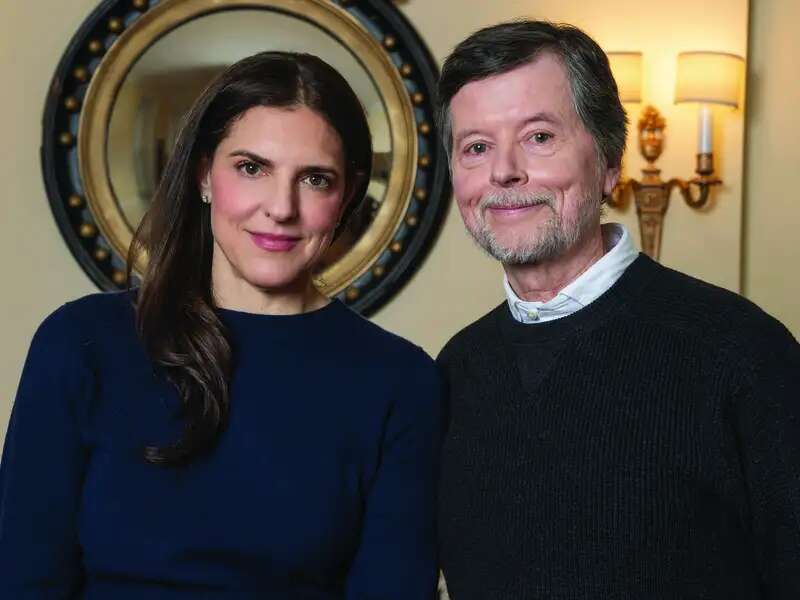
Ahead of Ken Burns’s Latest Docuseries, Co-Director Sarah Botstein '94 Shares her Path, Process.
At the Tate Modern art museum in London, there’s a dimly lit room holding Mark Rothko’s red abstract paintings. For some, the space may conjure the feel of red velvet, and for others, the effect of a fine Bordeaux wine. It’s all a matter of perception, says Maria Tomilenko ’19, who is a digital product analyst at the museum.
“Not everyone defines red as the same tone,” she says.
A child stepping into the Rothko Room might find it spooky, whereas an academic might sense the artist’s inner turmoil. Two very different audiences, and yet the Tate’s website must address them both. Tomilenko serves as what can best be described as a digital guide, implementing design strategies to help visitors navigate the museum online.
When Tomilenko considers a design element, such as red, she deploys it carefully — based on research and analysis of user behavior — as part of the team that presents the Tate in the digital world. On a computer screen, red could be perceived as joyful or jarring, depending not only on context but on the viewer’s device, lighting, and the intent of their search. For her, such perceptual variabilities constitute a design challenge when translating them digitally.
“I strongly associate red as a way to engage people, often using it on the site as a guide towards an action,” she says.
Tomilenko developed this nuanced understanding of color and behavior before arriving in London. As a psychology major with a concentration in digital design at Barnard, she took courses that examined human and computer interactions, including Psychology of Perception with Professor Robert E. Remez.
“Maria’s personal acuity matched the theme of the course — using the senses to notice the properties of objects and events,” says Remez.
He adds that Tomilenko also took his seminar Perception and Language, where her strong writing skills came into play.
“Of course, language is also a medium of representation, and Maria is a great writer. Language can also direct attention, much as language can be used to articulate subtleties of perception clearly,” he says.
Today, Tomilenko uses all the skills learned at Barnard to help manage and improve user experiences across the museum’s website: from browsing the online shop to reading academic materials or planning a class visit.
One recent project required her to employ all her skills, from the visual to the digital and, of course, language. “I interviewed teachers, trying to understand whether they get enough information out of our ‘Visit Us’ pages for them to actually plan the visit, and then I helped design changes to that space for them,” she says.
One of the main challenges for Tomilenko is to understand and meet the varied needs of different audiences, including researchers, teachers, visitors to the physical spaces, and shoppers seeking merchandise.
“Maybe they just love Rothko and want a poster; maybe they want to see the paintings in person or do some research,” she says. “Our job is to understand what those key journeys are and how we can improve them so that they find things faster.”